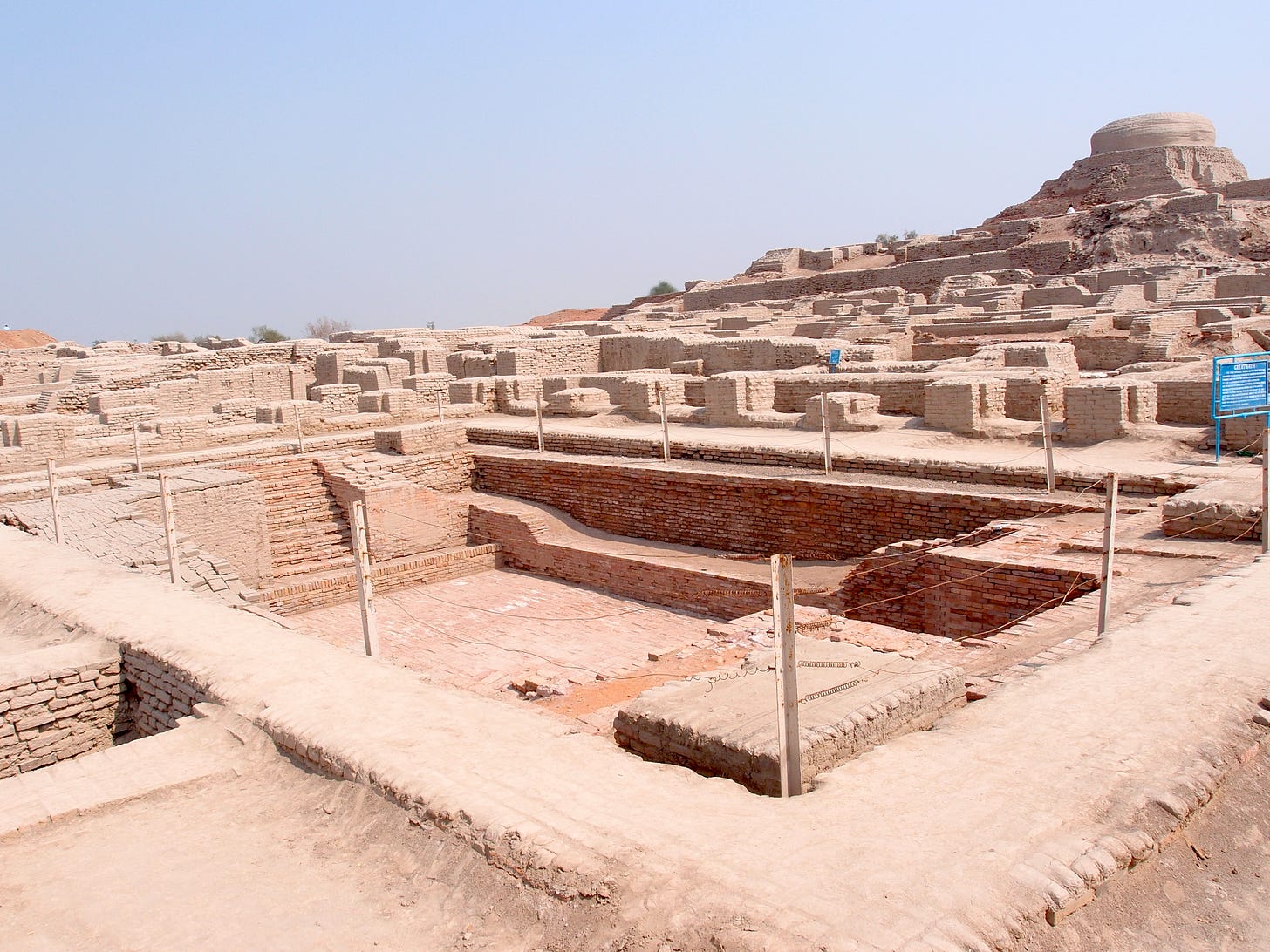Note: This article is just overview and a highlight of Origins of Engineering. There is more that is missing because everything cannot fit in one article consider this a just little overview.
Engineering didn’t begin with blueprints or academic titles. It started with instinct, with a hand holding a stone and realizing it could shape the world. The moment early humans chipped rock into sharp edges or carved bone into needles, they were engineering. These weren’t just random acts of survival. While some trial and error existed, early humans showed deliberate, creative insight. They shaped tools through a mix of instinct, memory, and problem-solving. Not as mindless creatures, but as beings capable of learning and adapting.
From the very beginning, humans were created with insight, intelligence, and intention. From that first stone tool to the machines that power our modern lives, the journey of engineering has always been global but the credit hasn’t always been.
Mesopotamia (Sumerians)
The Sumerians of ancient Mesopotamia were among the first to formalize engineering into systems. They invented the wheel around 3500 BCE. They didn’t invent the wheel for chariots, but for pottery and carts used in agriculture [1]. They constructed ziggurats with layered bricks and developed canal systems and irrigation channels that allowed farming in harsh environments. Their tools included plumb bobs, measuring ropes, and metal chisels. This was practical, hands-on engineering grounded in real needs and it happened thousands of years before any European Renaissance.

Egypt
In ancient Egypt, engineering reached monumental scale. The pyramids weren’t built through guesswork or superstition. They used surveying instruments like the merkhet (a stellar alignment tool) and plumb lines for vertical accuracy [2]. Massive limestone blocks were cut with copper chisels and lifted using ramps and rollers. The construction of the pyramids, especially those at Giza, required a workforce of highly trained artisans — not slaves, as once wrongly claimed in Western textbooks. The truth is, Egyptian engineers mastered structural alignment, water management, and geometry with incredible precision.
Indus Valley Civilization
Often overlooked, the Indus Valley Civilization (present-day Pakistan and northwest India) created some of the most advanced urban engineering of the ancient world. Cities like Mohenjo-Daro and Harappa had standardized baked bricks, grid-planned streets, sewage systems, and even indoor toilets connected to drainage networks [3]. They used lathe-turned tools, weight systems carved from chert, and early metallurgy techniques. Yet they’re rarely mentioned in mainstream engineering history. Why? Because their writing system hasn’t been fully deciphered and that’s been used as an excuse to ignore their legacy.
Ancient China
China’s contributions to engineering go far beyond the compass and paper. The Chinese invented the wheelbarrow, advanced bridge-building techniques, early suspension systems, canal locks, and even seismographs [4]. The Grand Canal, constructed and expanded across dynasties is one of the greatest hydraulic engineering feats in history. Cast iron production appeared in China at least a thousand years before it showed up in Europe. Their engineering achievements were practical, mathematical, and long-lasting, yet are still downplayed in most Western-centered narratives.
Indigenous Civilizations: Independent Engineering Across Continents
Keep reading with a 7-day free trial
Subscribe to VEINS OF TRUTH to keep reading this post and get 7 days of free access to the full post archives.


